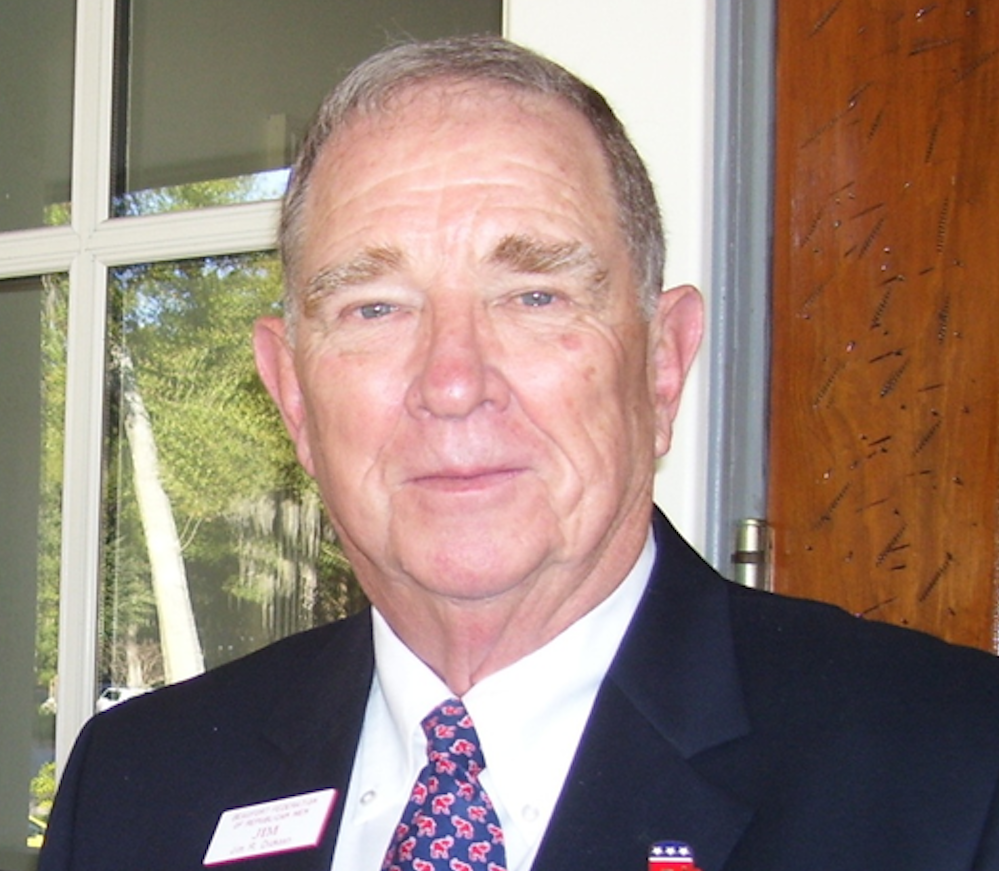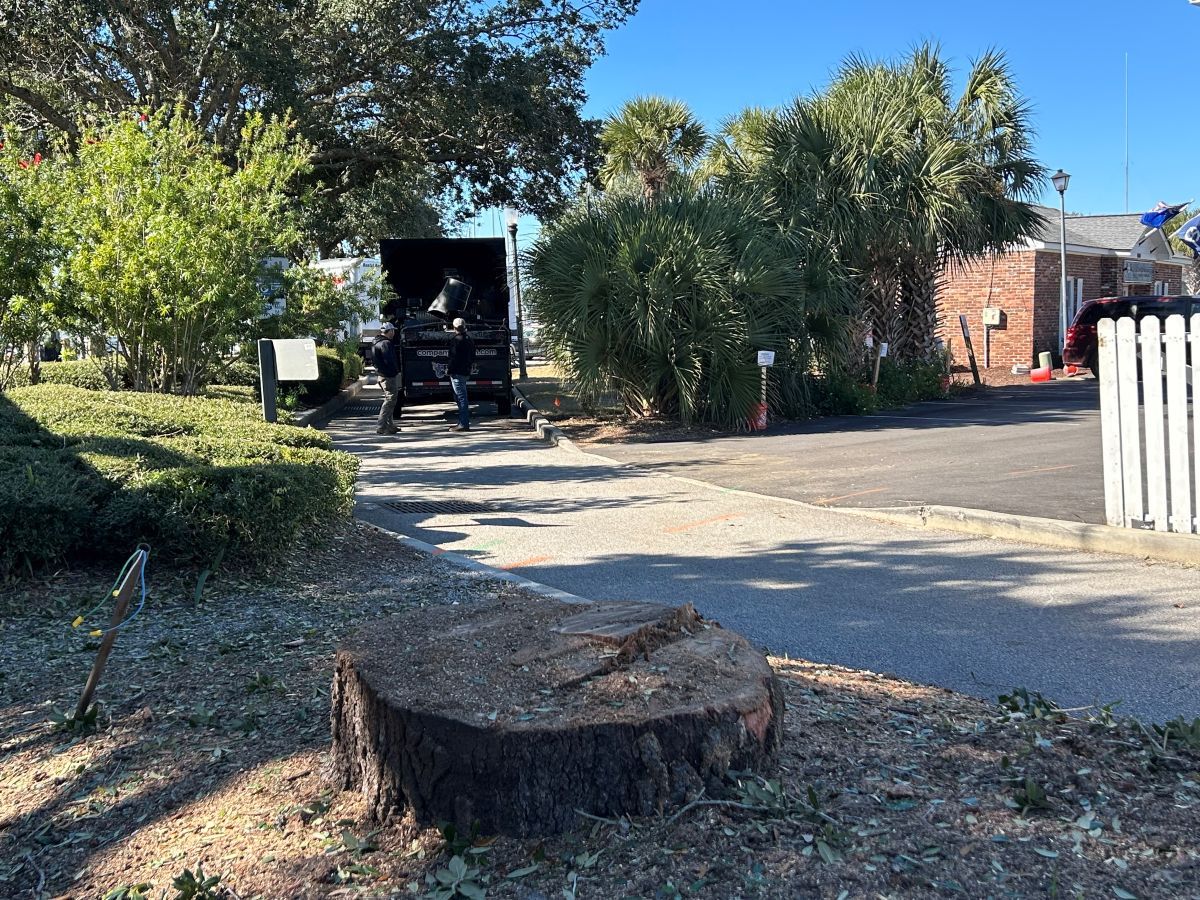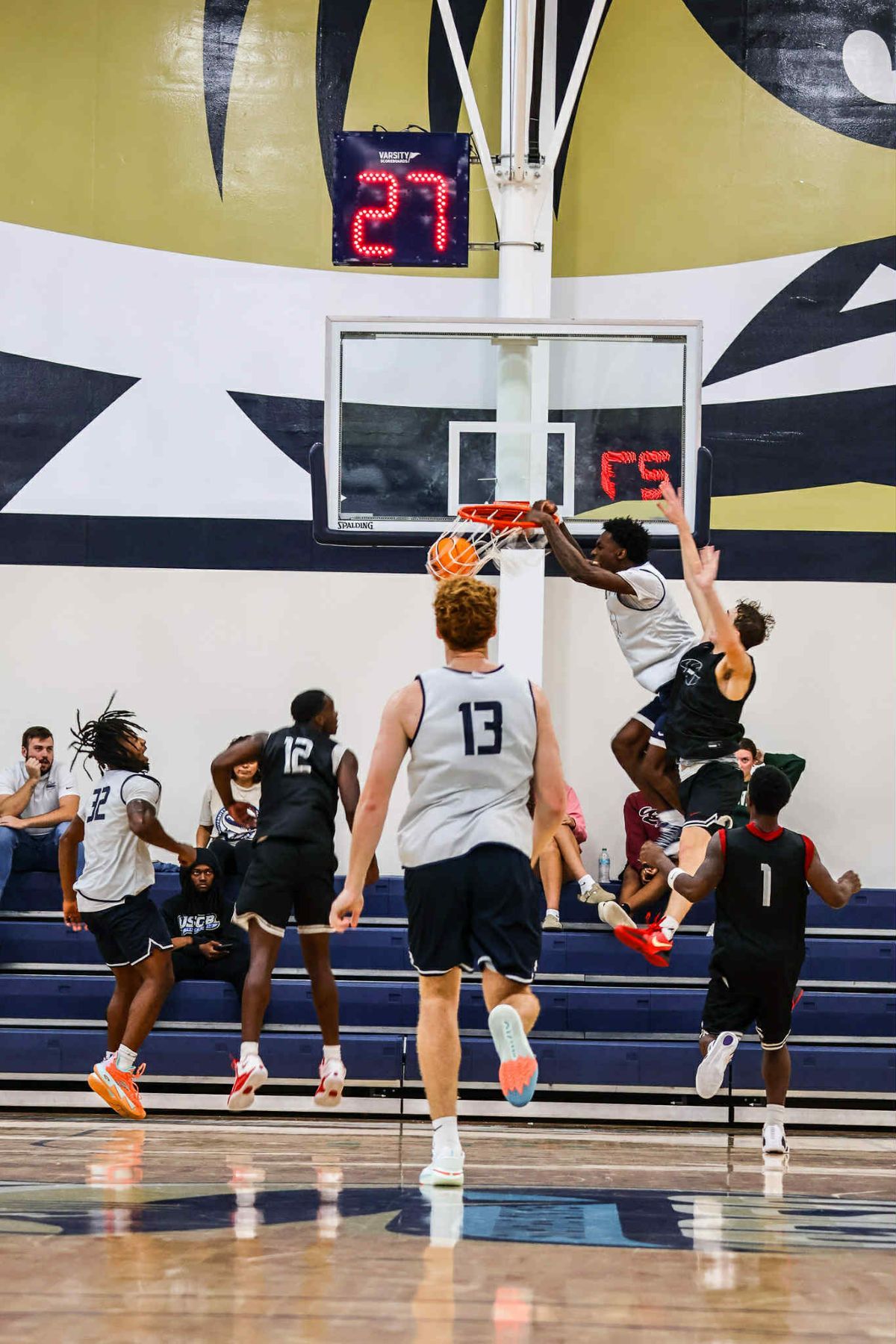By Scott Graber
it is Wednesday, and this morning I’m at the “Snow Hole,” just off the Taconic Crest Trail as it runs along the border of New York and Vermont.
This morning I have my nylon backpack with its “PyeongChang 2018” patch; my aluminum, Deep Canyon water canister; and a large bag of Fritos.
I was told that the “Snow Hole” always had snow in the bottom but, alas, global warming may have shoved that shibboleth into the Bigfoot category. It had been my plan to eat a snow cone at the “Snow Hole” sending my broiling Beaufort friends a cellphone photo confirming this hard to believe story. But there won’t be any snow cone — although I packed-in little paper cones and a pint of Carnival King (grape).
The Taconic Crest Trail follows the crest of the Taconic Range as it makes its way through Massachusetts, New York and Vermont. A part of this trail was once owned by Colonel Amos Hopkins, an associate of Jay Gould who made his fortune building railroads in the industrial expansion that came after the Civil War. Now Williams College owns 2,600 acres and some of its students their spend their time measuring the hydrology, chemistry and long term growth in more than 400 plots. These measurements have been underway for more than 70 years.
Two other colleges maintain similar tracts of land — Harvard and Middlebury. Harvard has some 4,000 acres where it has measured rain, heat and carbon exchange since 1990. Middlebury also has acreage in Vermont’s Green Mountains that it uses as a laboratory.
Last night I watched the Republican, primary debate and one of the debaters, Vivek Ramaswamy, said that climate change is a myth and Biden’s “Green Initiative” is only giving China a leg up. It is, I think, a good idea to maintain these tracts measuring what is actually happening to the maples, firs and lichen. Are they bigger, smaller, stunted? Or are they gone?
All of which brings me to our very own Pritchard’s Island located just South of Fripp Island and the recent recipient of a $500,000 a year grant from our General Assembly. This yearly stipend only came after the former owners — heirs of Phillip Rhodes — threatened to give this ever-diminishing island to the University of Georgia.
Pritchards was once involved in research — sea turtle and radar monitored wave and current research to be specific. But that research ended as this barrier island continued to erode and its single laboratory ended up surrounded by surf. This column writer does not know why the University of South Carolina let this asset go under, but there are 63 other places (in the U.S.) to take up the marine science slack.
It appears that degrees in this field fell from 1,914 in 2019-2020 to 1,835 in 2020-2021. These numbers seem to be consistent with the flat number of job openings during this same time frame. These numbers can be compared with the number of hospitality majors (17,689) during this time frame.
Oddly enough this current crop of college students wants good paying jobs at the end of their academic journey and marine biology doesn’t have as much financial allure as, say, commodities trading or hedge fund management. Surely there is still a cohort of different-drummer kids who would rather catch, measure and tag bull sharks than make cold calls from a sterile, dystopian office in downtown Charlotte.
Another problem is finding a professor who can bring his or her research grant over to Pritchard’s. It’s my bet that most of those professors (with transferable grant money) will want a Boston Whaler and some bunsen burners from the Legislature before leaving Duke, Scripps or Woods Hole and coming down to St. Helena Island.
In this connection, a local group has been formed calling itself the Pritchard’s Island Research Living Shores Project. Perhaps this biblical sounding group will help USCB find new grant money; or a research project that needs this unique, disappearing island — research not already underway on Tybee Island, Baruch, Ft. Johnson or elsewhere in the United States.
In years past, I would have made this five-mile hike with my son and we might have discussed sea level rise and tagging bull sharks. But he is now grown, lives in Connecticut, and has his own son to teach about the ways of the world. Now I hike alone, remembering long ago ascents at Shining Rock and, of course, grape-flavored snow cones at Ocean Drive Beach.
Scott Graber is a lawyer, novelist, veteran columnist and longtime resident of Port Royal. He can be reached at cscottgraber@gmail.com.







